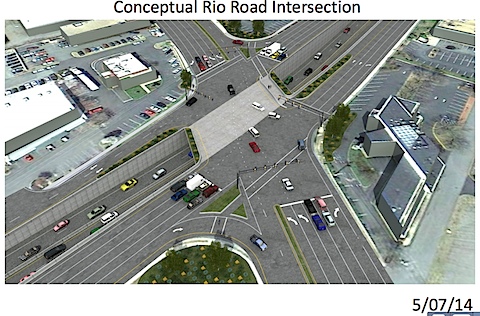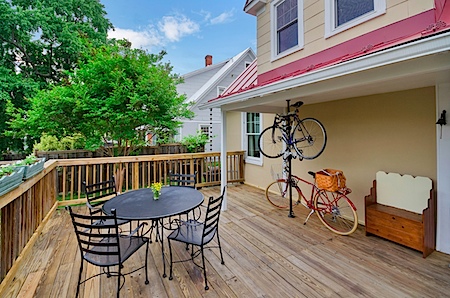In last month’s Monthly Note I asked – What do you read? One of the best responses was this:
What do I read? The sites I’ve used as we’ve considered where to move include the local newspapers and related sites — just to get an idea about the town and the issues that are important, as well as the economic health and forecasts for the area. As far as real estate specific, not so many. I opened up searches on Trulia a couple years ago to get a feeling for the houses we could afford in a couple areas. I keep tabs on things like greatplacestoretire.com, but I find them more useful in making me feel good about where I’ve chosen than helping me choose someplace out of the blue. Almost all of their recommendations are places I’d never consider for any reason.
I see it as my responsibility to educate my clients as best as I possibly can. Part of that education includes informing clients as to which information sources I’ve found useful and credible and which aren’t. (this is sort of like when I tell clients they don’t want to see a house because it’s awful)
A quick listing of what I tend to advise folks read:
– Charlottesville Tomorrow – hands down, the best source of information on Charlottesville and Albemarle transportation, growth, development news. And their archives don’t disappear.
– CvillePedia – Charlottesville Tomorrow’s Charlottesville wikipedia.
– The Daily Progress – their writing and information seems to have gotten better and more comprehensive in the past few months, although their website is an ad-ridden abomination. Install Adblock plus before you visit their site.
– RealCrozetVA – if you’re thinking about moving to Crozet, I (selfishly) highly recommend reading this. I’ve heard from many people who’ve moved to Crozet that they used the site (and many have said they wished they’d contacted me).
– C-Ville – In the absence of The HooK, C-Ville has become the only other newspaper in Charlottesville.
– Free Enterprise Forum – one of my favorite blogs. Disclosure: sponsored by the Charlottesville Realtor Association and Charlottesville Homebuilders, it has a pro-growth slant (but y’all could figure that out)
– cvillenews – one of the original Charlottesville blogs
A reader commented on my Google+ post:
Blogs: My favorite is Young House Love, and Apartment Therapy is also good (it’s probably better for how to manage a space/issue and less to do with home-buying).
And now I’m awfully curious to know what other blogs and sites my buyers and sellers read – where do you get your advice and insight into the home buying and selling process?
I’m really quite interested in this – too often the real estate “advice†my clients cite is from other markets markets and other states – where real estate business practices are very, very different. Real estate practices are highly localized and knowing the differences and idiosyncrasies matter.
Read More


